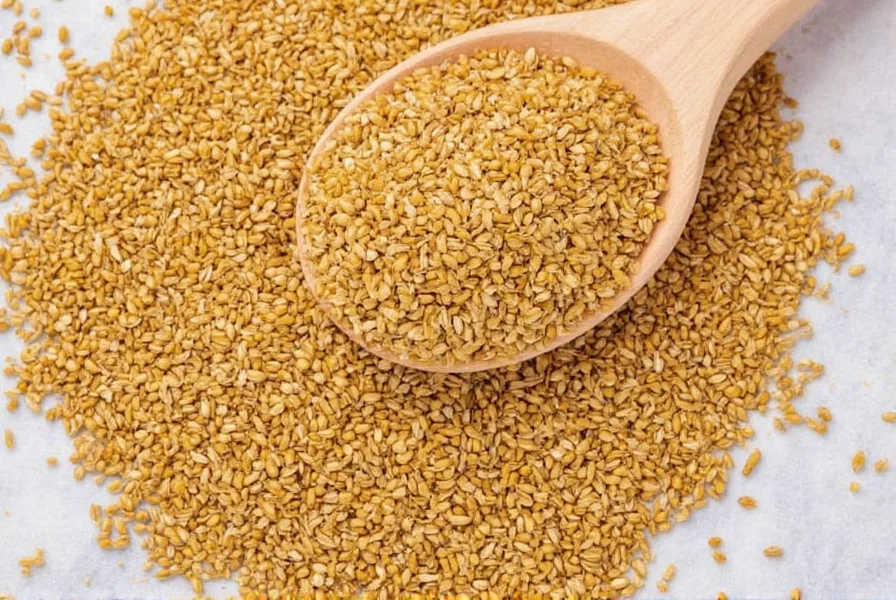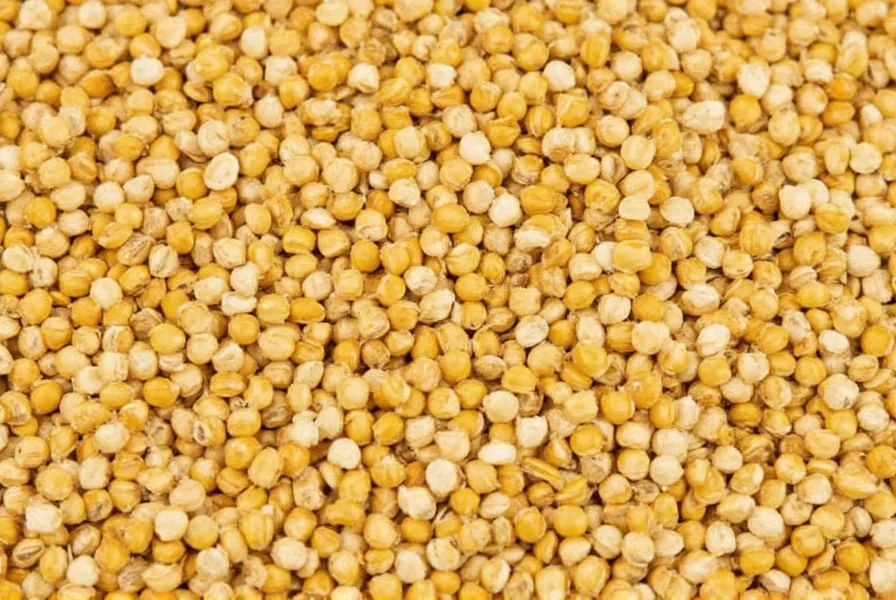Fenugreek seeds (Trigonella foenum-graecum) have been valued for centuries across Indian, Middle Eastern, and Mediterranean cuisines and traditional practices. These small, amber-colored seeds pack a distinctive maple-like aroma and offer remarkable versatility when properly prepared. Understanding how to use fenugreek seeds effectively unlocks their culinary potential while respecting their potent properties.
Understanding Fenugreek Seed Properties
Fenugreek seeds contain natural compounds that give them their characteristic flavor and potential benefits. When raw, they have a slightly bitter taste that transforms when properly prepared. The seeds contain mucilage (a natural thickener), volatile oils, and compounds like diosgenin that contribute to their traditional uses. Proper preparation methods help balance their bitterness while enhancing their aromatic qualities.
Essential Preparation Methods
Before incorporating fenugreek seeds into recipes or applications, proper preparation is crucial. Different methods yield different flavor profiles and uses:
| Preparation Method | Process | Best For |
|---|---|---|
| Dry Roasting | Toast 1-2 tsp in dry pan 2-3 minutes until fragrant | Curries, spice blends, rice dishes |
| Soaking | Soak 1 tbsp in water 4-6 hours or overnight | Teas, digestive aids, hair treatments |
| Grinding | Grind roasted seeds into fine powder | Spice mixes, baking, thickening sauces |
| Sprouting | Soak 8 hours, rinse 2x daily for 3-4 days | Salads, sandwiches, nutrient boost |
Culinary Applications of Fenugreek Seeds
Fenugreek seeds enhance dishes with their complex flavor profile that balances bitter, nutty, and slightly sweet notes. When used correctly, they add depth without overwhelming other ingredients.
In Traditional Curries and Stews
Dry roast 1-2 teaspoons of fenugreek seeds until they release their aroma, then add to hot oil at the beginning of cooking. This technique, common in South Indian cuisine, creates a flavor base for dishes like sambar and vegetable curries. The seeds should sizzle gently but not burn, as this creates bitterness. Add other spices immediately after the fenugreek seeds to prevent burning.
As a Spice Blend Component
Fenugreek seeds form an essential component of panch phoron (Bengali five-spice blend) and are featured in many curry powders. For homemade blends, use a ratio of 1 part fenugreek to 4 parts other spices. Dry roast the fenugreek seeds separately first, then combine with other roasted spices before grinding. This ensures even flavor distribution without overpowering the blend.
In Breads and Flatbreads
Adding 1-2 teaspoons of dry roasted and coarsely ground fenugreek seeds to bread dough creates flavorful flatbreads like Indian kasuri methi paratha. The seeds provide texture and a subtle maple-like note that complements the bread's natural sweetness. For best results, incorporate the seeds during the final kneading stage to preserve their flavor.

Beverage Applications
Fenugreek seeds create soothing beverages with distinctive flavor profiles when properly prepared.
Fenugreek Tea Preparation
To make traditional fenugreek tea, add 1 teaspoon of dry roasted seeds to 8 ounces of boiling water. Let steep for 5-10 minutes, then strain. For enhanced flavor, add a slice of fresh ginger or a pinch of cinnamon during steeping. Many people enjoy this tea after meals to support digestion. The tea develops a golden color and mild maple-like aroma when properly prepared.
Coffee Substitute
For a caffeine-free alternative, dry roast 2 tablespoons of fenugreek seeds with 1 tablespoon of chicory root and 1 teaspoon of dandelion root until dark brown. Grind the mixture and use 1-2 teaspoons per cup of hot water. This creates a rich, earthy beverage with subtle sweetness that mimics coffee's depth without the caffeine.
Traditional Applications and Considerations
While fenugreek seeds have been used traditionally for various purposes, it's important to understand both potential benefits and limitations. Many traditional applications focus on culinary enjoyment rather than therapeutic claims.
Digestive Support
When consumed in culinary amounts (typically 1-2 teaspoons daily as part of meals), fenugreek seeds may support healthy digestion. The mucilage content can help soothe the digestive tract. For this purpose, many cultures incorporate soaked or sprouted seeds into meals rather than consuming them in large quantities.
Important Safety Information
Fenugreek seeds contain compounds that may interact with certain medications, particularly blood thinners and diabetes medications. The seeds also have a strong maple-like odor that can transfer to sweat and urine. Pregnant women should avoid consuming fenugreek seeds in medicinal amounts as they may stimulate uterine contractions. Always consult with a healthcare provider before using fenugreek seeds for any purpose beyond normal culinary use.
Storage Recommendations
Proper storage maintains fenugreek seeds' flavor and potency. Store whole seeds in an airtight container away from light and heat. When stored properly, they retain their flavor for 1-2 years. Ground fenugreek loses potency more quickly and should be used within 6 months. For long-term storage, keep seeds in the freezer in a moisture-proof container to preserve their volatile oils.
Common Questions About Using Fenugreek Seeds
Can I eat fenugreek seeds raw?
While technically possible, eating raw fenugreek seeds isn't recommended due to their intense bitterness. Dry roasting or soaking significantly improves their flavor profile and digestibility. If using raw seeds, limit to very small quantities (1/4 teaspoon or less) and always pair with other strong flavors.
How much fenugreek seed should I use in cooking?
Start with small amounts—1/2 to 1 teaspoon for 4 servings—as fenugreek has a strong flavor that can dominate a dish. The seeds intensify in flavor when cooked, so it's better to begin with less and adjust after cooking. Remember that dry roasting enhances their aroma while reducing bitterness.
What's the difference between fenugreek seeds and methi dana?
Methi dana is simply the Hindi term for fenugreek seeds. They are identical—methi refers to fenugreek and dana means seeds. When recipes call for methi dana, they're specifying the whole seeds rather than dried fenugreek leaves (kasuri methi), which have a different flavor profile and usage.
Can I substitute fenugreek seeds with something else?
There's no perfect substitute for fenugreek seeds due to their unique flavor profile. For similar bitter notes, try a combination of mustard seeds and a tiny pinch of celery seeds. For the maple-like aroma, a small amount of maple syrup (in sweet applications only) can help, but this won't replicate the savory applications. In curry blends, you can omit fenugreek seeds but the flavor profile will differ significantly.
Why do my fenugreek seeds taste bitter?
Bitterness typically occurs when fenugreek seeds are either used raw in excessive amounts or burned during cooking. To prevent bitterness, always dry roast seeds gently over medium-low heat just until fragrant (2-3 minutes), never allowing them to darken significantly. Soaking seeds for 4-6 hours before use also reduces bitterness while maintaining their distinctive flavor.











 浙公网安备
33010002000092号
浙公网安备
33010002000092号 浙B2-20120091-4
浙B2-20120091-4